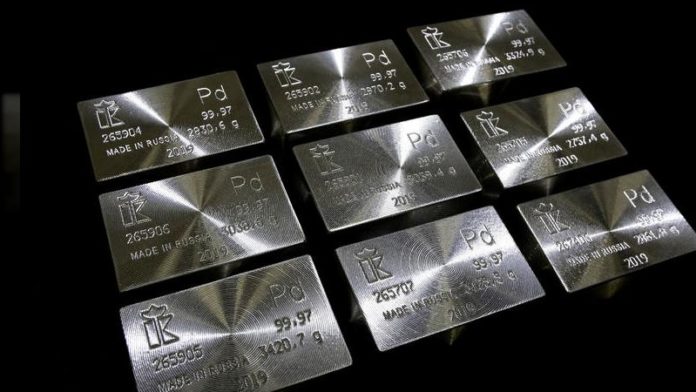
THE possibility that platinum may be in the foothills of a price recovery was a feature of the World Platinum Investment Council’s (WPIC’s) 2020 forecast published today in which it forecast a 680,000 ounce swing in the metal’s surplus over two years.
The surplus was expected to be a modest 119,000 oz this year which compares to the 790,000 oz surplus of 2018. The move towards market balance – and then a possible deficit in future years – was hinted at in the fact the massive surplus expected in 2019 barely materialised (only 65,000 oz).
The WPIC said one of the factors behind the move to balance was significant investment demand of about a million oz last year.
Investment demand this year would be about a third of 2019 but Trevor Raymond, who heads the WPIC’s research, said in an interview with Miningmx that investors were likely to be long-term holders of the metal.
“It’s by no means hot money,” he said. “About half of the 980,000 oz in investment demand [last year] was the funds such as Coronation and Allan Gray. These are institutional investors that are very knowledgeable and will hold the metal for the next two to five years,” he said.
The big question on everyone’s lips in the platinum sector is when automakers will begin the switch to platinum autocatalysts in response to the significant palladium deficit which has also had a knock-on effect in the price of rhodium.
“The ongoing unavailability of palladium has become more pronounced into 2020, increasing further the likelihood of platinum demand growth as it substitutes for palladium in autocatalysts,” said the WPIC.
A response of automakers is that they have increased the number of diesel hybrid models with low noxious emissions. “Higher platinum loadings per vehicle support increased platinum demand in 2020,” said the WPIC.
Platinum group metal mining executives such as Neal Froneman of Sibanye-Stillwater and Anglo American Platinum’s outgoing CEO, Chris Griffith, have commented on the possibility of substitution of palladium with platinum in autocatalysts saying it was likely to occur, although they differ on timing.
Raymond said it was not in the interests of automakers to telegraph the timing of any switch. “If it is happening, it is confidential and proprietary so no-one can confirm it. Why would they message that to the market?” he said, adding that doing so would merely send the platinum price northwards which was not in automakers’ interests.
There had been volatility in the platinum price, however. The platinum price trended upwards nearly $200 per ounce on a 12-month basis to mid-January, but has since fallen back with significant price declines this month.
“The platinum price is highly correlated to the gold price. In the fourth quarter, there were a lot of macro funds in the US that took a view on gold and use platinum as a proxy,” said Raymond. Platinum’s price behaviour was indicative of this relationship with gold.
Investors converted their most liquid assets to cash during times of financial distress which had been precipitated by the global COVID-19 outbreak – a development that was likely to further depress jewellery sales this year.
According to the WPIC, jewellery demand fell 7% to 2.01 million oz last year largely influenced by a 14% decline in Chinese demand.
“As coronavirus fears continue to rattle markets worldwide, there is the potential for the impact of the virus to reduce platinum demand if it is not contained within months; particularly platinum jewellery demand in China where containing the outbreak has already reduced store traffic,” said the council.









